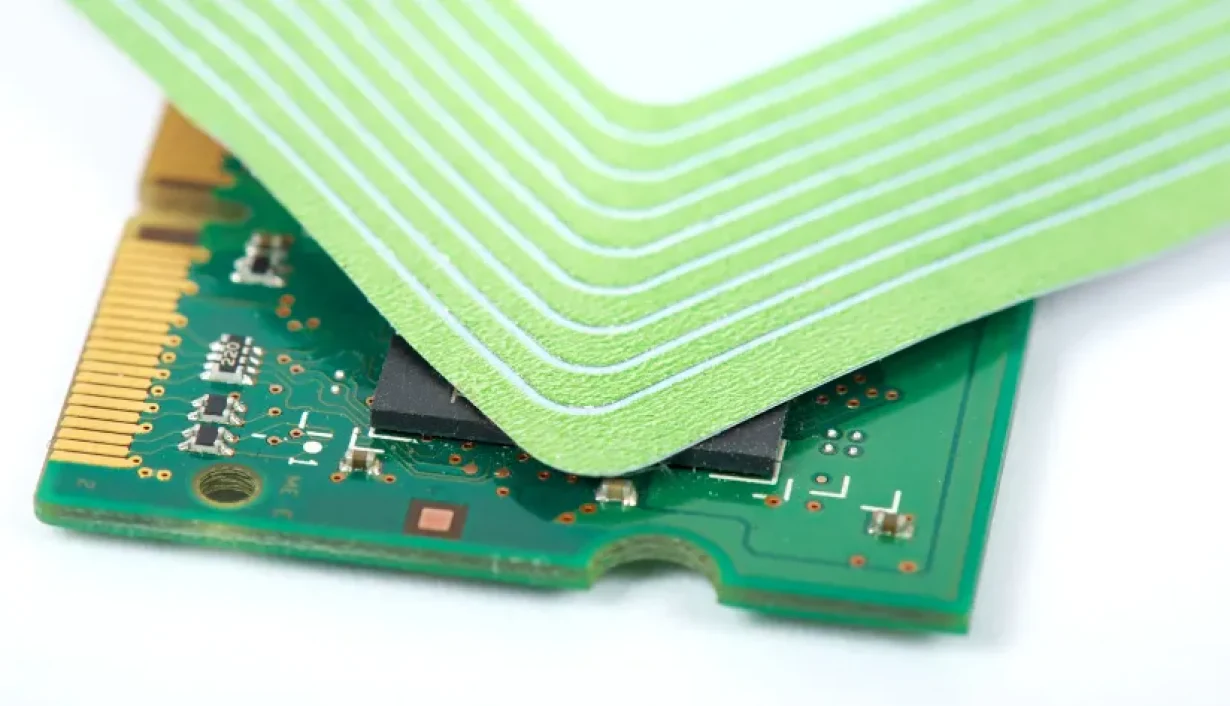
In today’s interconnected world of the Internet of Things (IoT), Radio Frequency Identification (RFID) technology undeniably plays a crucial role. RFID facilitates the identification and tracking of objects through the utilization of radio waves, thereby eliminating the need for manual scanning and direct human intervention. This capability has led to its widespread adoption across diverse sectors, including logistics, retail, asset management, healthcare, and transportation, among others. As RFID technology has matured, various types have emerged in the market, with active and passive RFID systems being the most prevalent. Consequently, selecting the appropriate system for specific requirements is paramount. This article provides a detailed analysis of the advantages and disadvantages of active versus passive RFID, furnishing the information necessary for making an informed decision.
RFID Technology Overview
What is RFID?
Radio Frequency Identification (RFID) technology employs radio waves to communicate with objects, enabling their identification, tracking, and management. A typical RFID system comprises three primary components: the tag, the reader, and the data processing system. The tag incorporates memory for storing information, including a unique identifier, and communicates with external devices via an antenna. The reader transmits radio waves to interact with the tag, retrieving the stored data, while the data processing system manages and interprets this information. RFID technology enables the identification of items without requiring direct physical contact, thereby enhancing both efficiency and convenience.
Types of RFID: Active, Passive, and Semi-passive
RFID systems are categorized into three primary types, distinguished by the presence of a battery in the tag and their operational mechanisms:
Active RFID: These tags are equipped with integrated batteries, enabling them to actively transmit signals. They offer extended read ranges and enhanced accuracy, rendering them suitable for long-term tracking applications and the management of high-value assets.
Passive RFID: These tags lack batteries and derive their power from electromagnetic waves emitted by the reader. They are generally more cost-effective and are well-suited for large-scale deployments and budget-conscious projects.
Semi-passive RFID: These tags incorporate batteries, but the battery’s sole function is to augment the tag’s capabilities, such as extending the signal range. They still require the reader to energize the tag.
This article focuses on both active and passive RFID technologies, examining their operational principles, advantages, disadvantages, and optimal applications, to facilitate the selection of the most appropriate solution for specific needs.
Active RFID
What is Active RFID and How Does It Work?
Active RFID tags are characterized by their integrated batteries, which enable them to actively transmit signals. These tags typically possess robust transmission capabilities and can communicate with RFID readers over considerable distances. In an active RFID system, the tags can receive signals from the reader and also transmit signals back at predetermined intervals, facilitating real-time communication and data transfer. They can operate effectively at distances of hundreds of meters, making them ideal for long-term tracking and real-time monitoring of critical assets.
Pros and Cons of Active RFID
Pros:
Long Range: Active RFID tags can be read from distances of several hundred meters, making them suitable for tracking items across expansive areas such as warehouses and logistics facilities. They offer superior read range performance compared to passive RFID systems.
High Precision: These tags consistently transmit signals, ensuring stable communication with readers, which translates to accurate data transmission. By actively transmitting signals, they mitigate the risk of data loss that may occur due to weak signals or interference.
Suitable for Dynamic Asset Tracking: Active RFID is well-suited for real-time tracking of high-value assets, such as in automated asset management systems within warehouses, or for tracking transport vehicles and valuable goods.
Cons:
Higher Cost: The inclusion of batteries increases the cost of active RFID tags. Coupled with the expenses associated with readers and maintenance, this system is generally more appropriate for organizations with substantial financial resources.
Bulkier Size: Active RFID tags are typically larger and heavier than their passive counterparts, which may pose challenges when tracking smaller items.
Limited Battery Life: As the tags rely on batteries, their lifespan is finite, typically spanning a few years. Subsequently, either the batteries or the tags themselves must be replaced, adding to the long-term operational costs.
When to Use Active RFID
Active RFID is ideally suited for scenarios requiring long-term, long-distance tracking with high accuracy, particularly for high-value assets and dynamic asset management. Examples include:
Warehouse and Logistics Management: Real-time tracking of inventory, goods, and transport vehicles enhances supply chain efficiency.
Asset Management: Suitable for monitoring valuable assets in hospitals, laboratories, and high-security areas, ensuring their security and accountability.
Live Monitoring: Well-suited for applications requiring remote oversight, such as managing vehicles, goods, and high-risk equipment.
Passive RFID
What is Passive RFID and How Does it Work?
In contrast to active RFID, passive RFID tags do not incorporate internal batteries. They rely on electromagnetic waves from RFID readers to power their operation. When a tag receives a signal from the reader, it transmits the stored information back. This technology is cost-effective due to the absence of batteries, resulting in compact tags with extended lifespans.
Types of Passive RFID by Frequency: Low Frequency (LF), High Frequency (HF), Ultra High Frequency (UHF)
Passive RFID tags are classified into three primary categories based on their operating frequency:
Low Frequency (LF) RFID
Frequency: 125kHz or 134kHz.
Key Features: LF RFID exhibits a short read range, typically ranging from a few centimeters to a few meters. It is less susceptible to environmental factors, rendering it reliable in challenging conditions.
Uses: Commonly employed for animal tracking, access control, and car keys.
High Frequency (HF) RFID
Frequency: 13.56 MHz.
Key Features: The read range typically spans from a few centimeters to 1 meter, making it suitable for short-distance applications. It offers a rapid transmission rate and robust interference resistance.
Uses: Frequently utilized in library systems, payment cards, access control, logistics, and ticketing.
Ultra High Frequency (UHF) RFID
Frequency: 860-960 MHz.
Key Features: UHF RFID can read tags from greater distances, up to 10 meters or more. It is well-suited for rapid scanning of expansive areas.
Uses: Widely employed in supply chain management, warehouse logistics, retail product tracking, and asset management.
Pros and Cons of Passive RFID
Pros:
Low Cost: The absence of batteries significantly reduces manufacturing costs, making it suitable for large-scale deployments.
Compact Size: These tags can be manufactured in very small form factors, allowing for easy integration into products without occupying significant space.
No Battery Needed: Without batteries, passive tags offer extended lifespans, reduced maintenance costs, and eliminate the need for frequent replacements.
Cons:
Short Read Range: Without batteries, the tags operate at lower power levels, resulting in a shorter read range, typically dependent on the reader’s power output.
Environmentally Sensitive: In certain environments, such as those containing metal or water, signals can be disrupted, potentially affecting tag readability.
When to Use Passive RFID
Passive RFID is best suited for high-volume, frequent, and cost-effective applications, such as:
Retail and Inventory Management: Excellent for tracking products and managing stock levels, enhancing efficiency for retailers.
Access Control and Attendance Tracking: Due to its low cost, it is widely used in corporate environments for access control and employee attendance systems.
Logistics and Supply Chain Management: Suitable for tracking large quantities of low-value items.
Comparison of Active RFID and Passive RFID
Cost
Active RFID: These tags and readers are more expensive due to their integrated batteries and higher power operation. They are better suited for organizations with larger budgets.
Passive RFID: Tags and readers are less expensive, making passive RFID a viable option for businesses seeking to deploy large quantities without incurring significant costs.
Reading Range
Active RFID: Can achieve read ranges of several hundred meters, making it suitable for tracking items across expansive areas.
Passive RFID: Low and high-frequency tags typically read from a few centimeters to a few meters, while ultra-high-frequency tags can achieve ranges exceeding 10 meters.
Tag Size and Lifespan
Active RFID: Typically larger tags that require periodic battery replacements.
Passive RFID: Compact tags that offer virtually unlimited lifespans without the need for batteries.
Environmental Resistance
Active RFID: Generally more robust against environmental variations, making it suitable for diverse conditions.
Passive RFID: Can be susceptible to interference in environments containing metal or water, potentially affecting their performance.
Use Cases
Active RFID: Ideal for long-term tracking of high-value assets and managing dynamic assets.
Passive RFID: Well-suited for tracking everyday low-cost items, such as product management, access control, and library systems.
How to Choose the Right RFID Technology for You
Identify Your Needs
If you require long-range tracking solutions for valuable assets or need real-time data across wide areas, active RFID is the preferred choice. However, if cost containment is a priority and you only require basic inventory management or asset tracking, then passive RFID is the more suitable option.
Budget and Cost Considerations
Active RFID: Suitable for projects with larger budgets, particularly when extended tracking and high accuracy are required.
Passive RFID: Works well for tighter budgets, making it ideal for applications such as retail and access control where cost minimization is essential.
Long-Term Value and Scalability
When planning for the future, select an RFID system that offers scalability. Active RFID systems provide greater reliability and long-range tracking but at a higher cost; meanwhile, passive RFID is well-suited for large-scale deployments and operates effectively at a lower price point.
Conclusion
In determining whether to implement active or passive RFID, the critical factor is to base the decision on the specific application and its requirements. If long-range, high-accuracy tracking is needed and a sufficient budget is available, then active RFID is the recommended solution. It offers superior performance and reliability, making it ideal for managing high-value assets. Conversely, if cost-effectiveness is paramount and the application does not necessitate high reading distances or transmission frequencies, passive RFID is the more appropriate choice. This is particularly true for large-scale implementations, where passive RFID can help minimize overall costs due to its affordability, long lifespan, and compact tag design.
Selecting the appropriate RFID technology involves not only balancing the technology’s strengths and weaknesses but also considering factors such as the environment, equipment maintenance, system scalability, and long-term investment. By carefully analyzing your needs, you can select the most cost-efficient and appropriate RFID solution for your business or project.
FAQs
Can active and passive RFID be used together?
Indeed. In practice, many systems are designed to integrate both active and passive RFID technologies, particularly in environments requiring long-distance tracking and large-scale management. Employing a combination can lead to more efficient management practices.
Can passive RFID function in harsh environments?
Passive RFID performance can be compromised in environments containing metal and water; therefore, tags specifically designed to withstand these challenges are required in such situations. For example, the use of metal tags and interference-resistant antennas can enhance their performance.
Can the batteries of active RFID tags be replaced?
Most active RFID tags feature non-replaceable batteries; once the battery is depleted, the tag typically needs to be replaced. However, some models are designed with replaceable batteries, allowing users to exchange them when they are exhausted, thereby extending the tag’s lifespan.
Recommended products
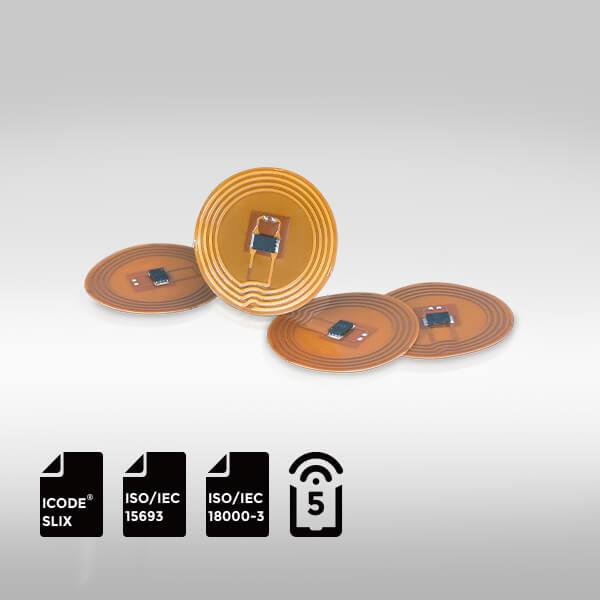
ICODE SLIX NFC FPCB Tag
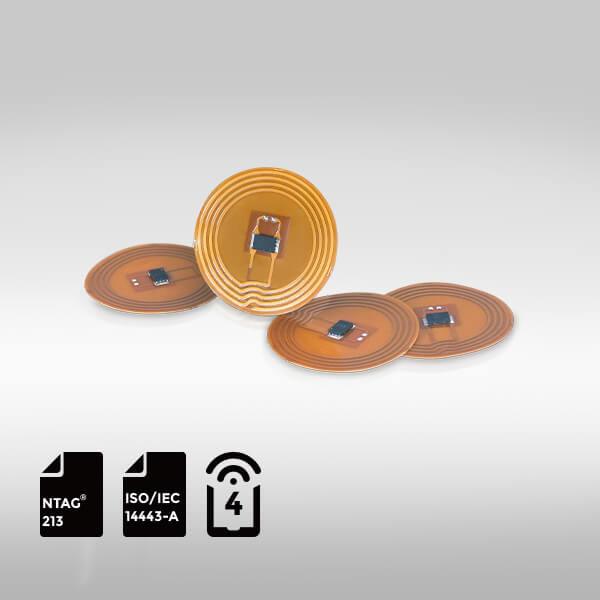
TAG213 NFC FPCB Tag
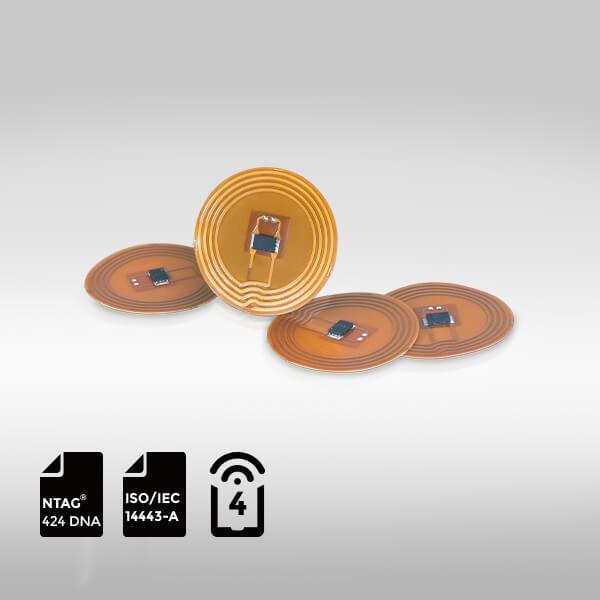
NTAG424 DNA NFC FPCB Tag
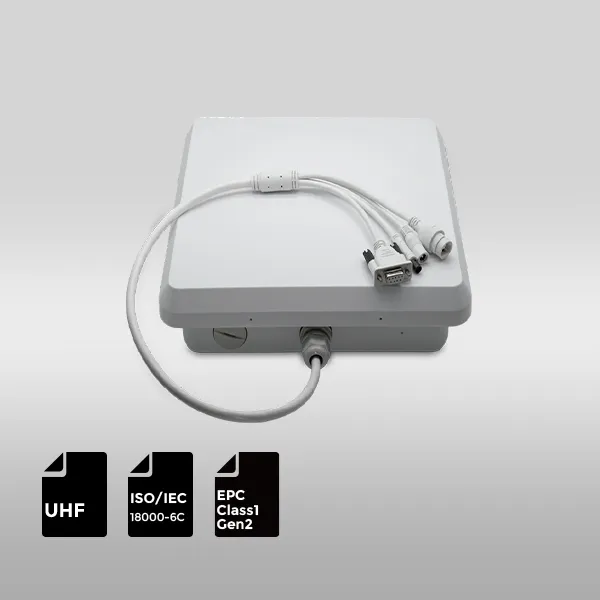
Integrated UHF RFID Reader
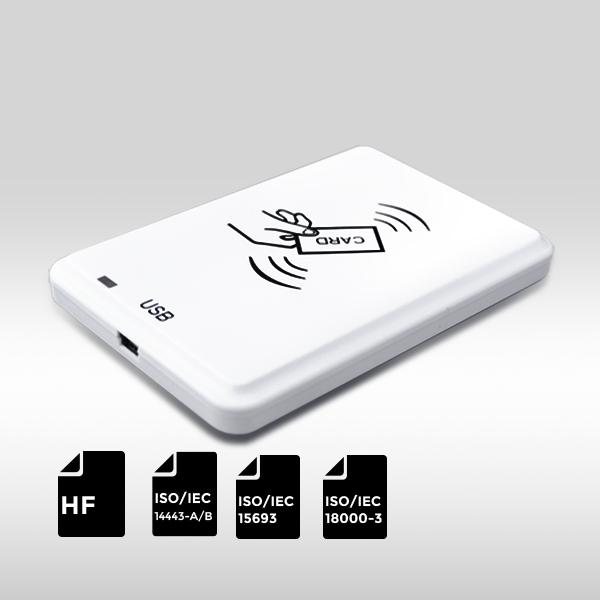

RFID Antenna UHF
15-Meter Cable for UHF RFID Fixed Reader
UHF Tag
4″x2″ 860-960MHz UHF RFID Label RFID M4D
UHF Tag
4″x4″UHF RFID Label Alien H3 | ISO18000-6C
RFID Antenna UHF
5-Meter Cable for UHF RFID Fixed Reader
HF Card
ABS RFID KEY-FOB Tag RFID Classic 1K
HF Card
ABS RFID KEY-FOB Tag RFID Classic 4K
HF Card
ABS RFID KEY-FOB Tag RFID Ultralight C
HF Tag
ABS RFID KEY-FOB Tag RFID Ultralight EV1
LF Card
ABS RFID KEY-FOB Tag ATA5577
LF Card
ABS RFID KEY-FOB Tag EM4200
HF Card
ABS RFID KEY-FOB Tag EM4305
HF Card
ABS RFID KEY-FOB Tag RFID TAG 213